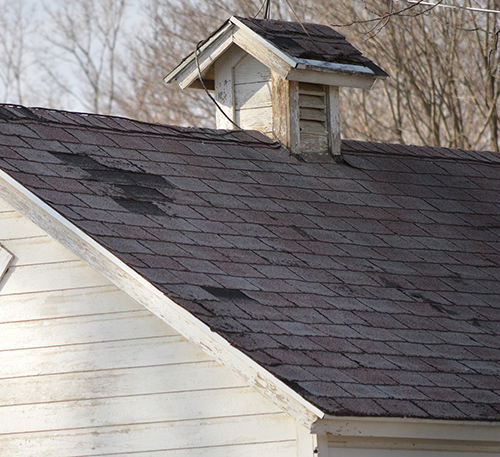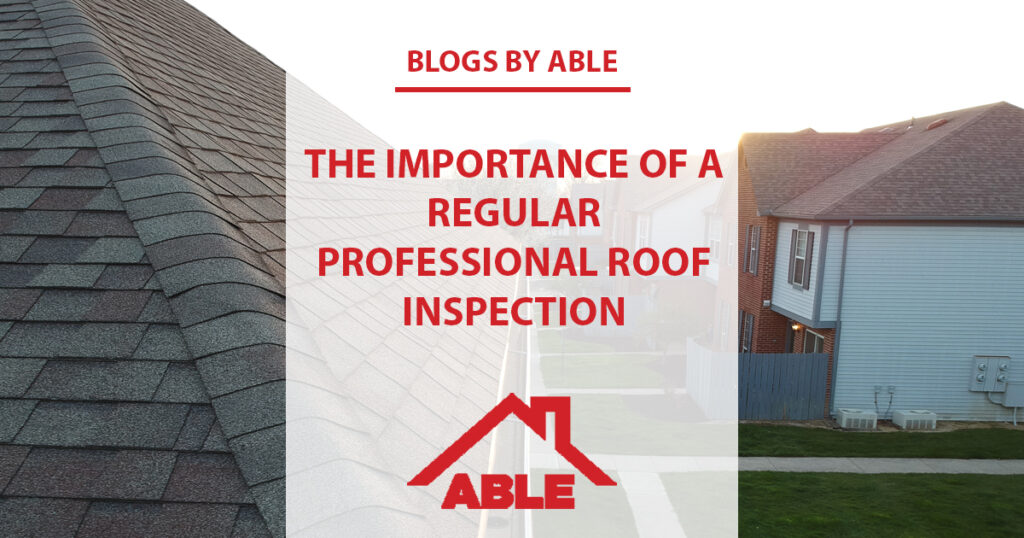The roof is your home or building’s first line of defense against the elements. As such, it is extremely important that you maintain and monitor the status of your roof over time. A professional roof inspection from an experienced roofer is a great way to ensure your roof continues to protect your home for many years to come.
Why Get a Roof Inspection?
 It is tempting to assume that any handy homeowner can do a successful surface inspection of their roof, and that may sometimes be the case. At the same time, however, a surface inspection is not all there is to a professional inspection. Subsurface damage is hard to detect without the right equipment and experience, and this is precisely what many homeowners lack.
It is tempting to assume that any handy homeowner can do a successful surface inspection of their roof, and that may sometimes be the case. At the same time, however, a surface inspection is not all there is to a professional inspection. Subsurface damage is hard to detect without the right equipment and experience, and this is precisely what many homeowners lack.
A superficial roof inspection might be able to detect major structural damage, such as warped shingles and cracks in the surface, but it will not be able to identify fundamental problems that can shorten the lifespan of your roof. Trying to fix your own roof after a storm can actually cause you to forfeit your insurance claim. On the other hand, insurance companies love having professional inspections to assess a proper roof damage claim. Having a professional assessment following a major disaster will make it much easier to process your roof damage claim.
Don’t be fooled by roof damage that seems minor or superficial, as these issues can build up. It’s always easier to replace a few broken or missing shingles than the entire roof. But left unchecked, small problems quickly become large ones, and a cracked shingle can become a major leak by the next time a storm blows in.
What Happens in a Roof Inspection?
 Roofers perform several tests to determine the health of your roof. The most obvious thing a roofer inspects for is major structural damage such as a degradation of materials, tiles, or shingles. Warps and cracks, as well as missing shingles. Some tests even go beyond superficial assessments and look at the substructure of your roof.
Roofers perform several tests to determine the health of your roof. The most obvious thing a roofer inspects for is major structural damage such as a degradation of materials, tiles, or shingles. Warps and cracks, as well as missing shingles. Some tests even go beyond superficial assessments and look at the substructure of your roof.
Beyond these superficial tests, roofers will also look for trapped moisture bubbles that can indicate gas leaks from your insulation. One common test is to determine how long moisture takes to evaporate from your roof, as this can determine how badly your roof needs an improvement, particularly if moisture is getting trapped over time.
Roofers typically inspect every inch of your roof, usually hands-on and up close. If your roof is unsafe to walk on for any reason, such as being too high of an angle or it is unable to support the weight of an inspector, they will look at it from afar to see if there are structural issues or bring in a drone for inspections.
Choosing the Right Roofer
During a storm, wind and rain can batter your roof, causing major damage. An experienced contractor can assess damage and offer advice on how to fix your roof. If you are looking for a skilled roofer in Ohio, contact Able Roof to get a free quote.








